|
|
|
|
|
Enjoying your Young Child's Musical Development
Enjoying your Young Child's
Musical Development
Research by Music Together®
Article written by Carey Youngblood
Director of Heartsong Music
August 2021
The teachers at Heartsong Music are thrilled to have you in class - and thus support you in creating a homelife that is full of music-making! We are thankful that we get to teach the fabulous research-based program that is Music Together! The 12 different Music Together song collections (taught over a 3 year cycle) expose your child to a vast assortment of tonalities and rhythms - all that the world has to offer, in fact! - so that your young children, whose minds are most open to absorbing the music of their culture, can grow into amazing music makers!
Your job as a caregiver is simply to fill your child's environment with lots of singing, dancing, moving, rhythm-instrument playing, twirling, and giggling while playfully enjoying making music together. It's so much more than simply sitting and listening to music. The aim is to create a household that plays with music in many ways - while cooking dinner, cleaning the house, changing diapers, playing outdoors, reading books - through singing, moving, and dancing throughout your daily activities - all day long!
The most important message I want you to take home is this: you are enough, parents and caregivers! It truly doesn't matter how well you sing or dance, just that you are doing it and showing joy while doing so. Regardless of your own feelings about your voice, your child thinks it's the best voice in the world. Your child LOVES your voice. They will develop a love of music from your joyful modeling of it at home, and through doing so, they will develop accurate pitch and rhythm (even if their caregivers go off-pitch, research has shown that it doesn’t matter at all!)
As children, my mother sang to her 4 children. She couldn’t read music and she didn’t think she had a good voice - but she sang us every song she knew throughout the day! My siblings and I all enjoy singing to this day (2 of us even majored in music), and when we get together — we sing! Parents - You. Are. Enough!!
Music Together believes it is every child's birthright to achieve Basic Music Competence (or BMC) - which means the ability to sing in tune and keep a steady beat. By creating a homelife where music-making happens as part of the fabric of the day, then the children WILL achieve BMC!! It's a natural process, just like speech: We begin talking to children the moment they are born - then the children learn language naturally. If we sing and dance with young children - then they begin singing and dancing, too. A household devoid of singing and dancing does not provide a model for learning to sing in tune and move with accurate rhythm. It’s crucial for this to occur during early childhood when children’s brains are most open to developing musical skills. Research has shown that if a person hasn't found their singing voice by age 9, it is far more difficult (but never impossible) to develop the ability to sing. Similarly, in order for a child to develop rhythmic audiation (“thinking rhythmically”) it is through their muscles. So all the dancing and playing of rhythm instruments that we demonstrate in class (and that you continue at home) provides some structure that allows your young child to think and develop rhythm.
Below are the musical development stages of a child, tonally and rhythmically, between the ages of 0 - 5. I think it's interesting and quite fascinating to observe what your child is doing musically as they take the journey toward achieving Basic Music Competence. We love to celebrate these milestones in class, so feel free to mention them to your teacher before or after class.
TONAL Development Stages between birth and age 5: (Isn't linear - can fluctuate.)
-
In response to music, a child sounds or briefly intones around a one-pitch center (usually the resting tone or the 5th in the scale).
-
Child purposefully intones more than one pitch with melodic contour.
-
Child sings some parts of the song correctly, often the ending phrases or beginning phrases.
-
Child sings those parts of the song correctly and/or in tune below "the break," usually B flat (above middle C).
-
Child sings an entire song correctly and in tune.
RHYTHM Development: (Isn't linear - can fluctuate.)
-
In response to music, child moves with a characteristic gesture and/or sings with a characteristic pattern of rhythm that is short in duration. It usually doesn't synchronize with the beat of the music the child is hearing or creating.
-
Child beats or sings an accurate pattern of rhythm at the end of phrases.
-
Child moves or sings with a consistent tempo (not necessarily the tempo the child is listening to).
-
Child's movements may coincide with the macrobeat of the music they are hearing or creating if there is prominent visual, kinesthetic, or auditory stimulus.
-
Child's movements coincide to the macrobeat of the music they are hearing or creating, with their upper AND lower body. Child moves or sings to an entire song in the correct tempo and meter without relying on external stimulus.
It is exciting to witness your child’s musical growth in these most important early years when your young child's brain is most open to developing their musical skills! And remember parents - it's all about supplying your child with a musical environment! With lots of singing and dancing at home throughout each day, your child will naturally develop these musical skills in their own timing! We are just so happy to be a small part of the process!

